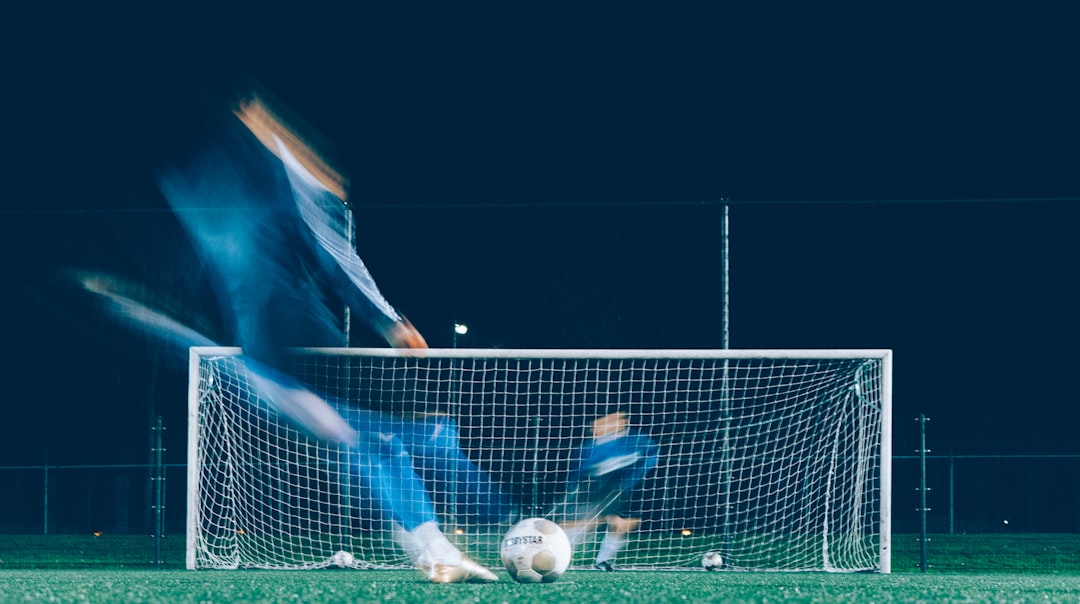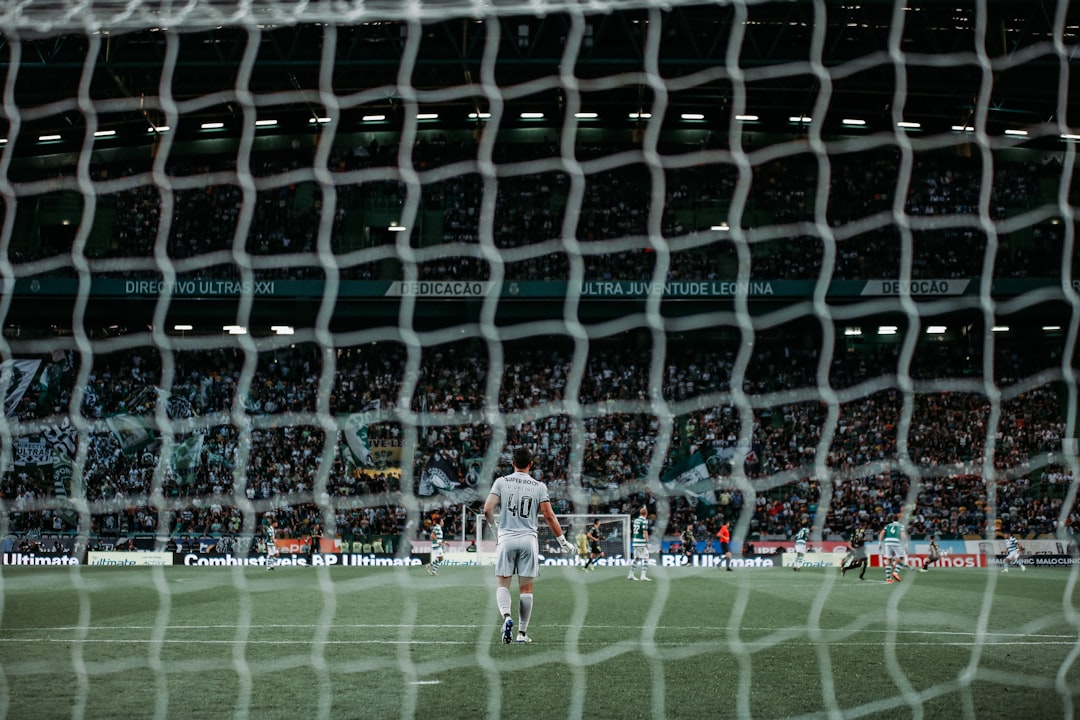Soccer cleats are no longer mere footwear; they are pieces of high-tech engineering crafted to perform under specific conditions. Nike, one of the most recognized brands in the sports industry, has long been at the forefront of innovation. However, a debate has arisen among players and enthusiasts alike: Are Nike soccer cleats designed more for “uphill” or “downhill” play? While the terms “uphill” and “downhill” are metaphorical here, they symbolize different styles and demands in the flow and dynamics of a soccer game.
Decoding the Metaphor: Uphill vs. Downhill Play
To understand the basis of this debate, it’s important to clarify what is meant by uphill and downhill play:
- Uphill Play: Characterized by a more defensive, controlled style. Players tend to exert more physical effort, often playing against the momentum of the opponent.
- Downhill Play: Represents attacking and high-speed gameplay. It’s about quick transitions, acceleration, and making use of momentum going forward.
Nike’s marketing campaigns often emphasize speed, precision, and cutting-edge silhouette designs. This naturally raises the question: are their cleats inherently designed to favor aggressive “downhill” attackers over methodical “uphill” defenders?
Analyzing Nike’s Cleat Technologies
Nike soccer cleats come in various models, each designed with different attributes. Here’s a look at how some of the more popular lines potentially align with these two playing styles:
- Mercurial Series: Known for being ultra-lightweight and having a snug fit that supports high speed and agility. These cleats are tailor-made for players like wingers and strikers who operate in fast-paced, “downhill” environments.
- Phantom Series: Designed for creative midfielders, this line offers a balance between control and responsiveness. It bridges the gap between uphill and downhill play, offering versatility.
- Tiempo Series: Favored by defenders and central midfielders. Made with premium leather, it offers stability and control—attributes vital for “uphill” style play.

From this breakdown, it’s clear that Nike doesn’t cater exclusively to one playing style. Instead, the brand appears to design cleats that align with the specific needs of positions and styles within the game.
Performance in Real-world Scenarios
Top professionals wearing Nike cleats tend to be high-profile attacking players—Cristiano Ronaldo, Kylian Mbappé, and Erling Haaland, to name a few. This reinforces the “downhill” angle of Nike cleats being engineered for explosive play.
However, it’s equally important to note that many top-tier defenders like Virgil van Dijk and Sergio Ramos have also endorsed or worn Nike cleats, particularly models which emphasize comfort, traction, and stability over sheer speed. This supports the argument that Nike cleats can be suited for “uphill” play as well.
Moreover, the brand’s Flyknit technology and Aerotrak plates used in some models provide the kind of adaptability that can support both directional changes and grounded physical play—essentials for transitional players.
Player Testimonials: What Are They Saying?
When surveyed informally, amateur and semi-professional players offered insightful feedback:
- “The Mercurials feel like rocket boosters. Best when you’re pressing or making overlapping runs.”
- “Tiempo has that old-school control. Great for holding up the play or winning physical battles.”
- “Phantom GTs feel like playmakers’ boots. I can accelerate and pivot without sacrificing touch.”

These testimonials further underscore that Nike provides options tailored to diverse playing conditions and tactical roles. The core idea is not whether they’re good for uphill or downhill, but which cleat best complements your personal playing style.
The Verdict
So, are Nike soccer cleats built for uphill or downhill play? The answer isn’t as binary as it may seem.
- If you’re an attacker relying on speed and agility, the Mercurial line is ideal—a symbol of “downhill” dominance.
- If you control the midfield or defense, Tiempo offers the support you need for more “uphill”, grind-it-out scenarios.
- For a bit of both worlds, Phantom delivers adaptive control and balanced performance.
Ultimately, Nike’s innovation in soccer cleat design ensures that every type of player finds the right boot to match their style—whether sprinting down the flank or digging deep in midfield battles. As technology continues to evolve, we might see even more specialized cleats aimed at these metaphorical playing “inclines.”
